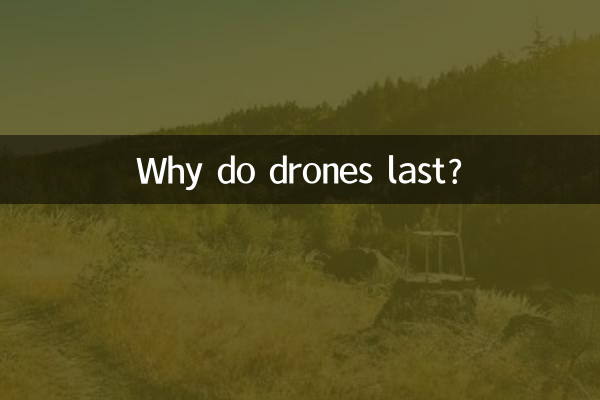Why do drones have short battery life? Technical bottlenecks and future breakthrough directions
In recent years, drones have been widely used in agriculture, logistics, photography and other fields, but battery life has always been a key factor restricting their development. This article will combine the hot topic data from the entire network in the past 10 days to analyze the reasons for the short battery life of drones and explore possible solutions.
1. Battery life performance of current mainstream drones

| Drone model | battery capacity | Battery life (minutes) | Main purpose |
|---|---|---|---|
| DJI Mavic 3 | 5000mAh | 46 | aerial photography |
| Autel EVO Lite+ | 7100mAh | 40 | Surveying and mapping |
| Parrot Anafi | 2700mAh | 25 | Lightweight aerial photography |
2. The core reason for short battery life
1.Battery technology bottleneck: Currently, drones generally use lithium polymer batteries (LiPo), which have limited energy density. Although the solid-state batteries under development may increase battery life by more than 50%, they have not yet been commercialized on a large scale.
2.Powertrain efficiency: Rotary-wing drones need to continuously consume energy to maintain hovering, and the design of motors and propellers has a significant impact on energy consumption. For example, multi-rotor drones consume 3-5 times more energy than fixed-wing drones.
3.Load and weight conflict: Increasing battery capacity will increase the weight of the fuselage and reduce battery life. For example, some experimental data shows that for every 100g increase in battery weight, the battery life is only extended by about 2 minutes.
3. Recently hotly discussed solutions
| Technical direction | represents progress | potential improvement |
|---|---|---|
| hydrogen fuel cell | Korean company launches prototype with 120-minute battery life | 200% |
| wireless charging | Amazon Logistics Drone Tests Aerial Charging | Achieve uninterrupted operations |
| bionic structure | MIT develops bird-like folding wings | Reduce energy consumption by 15% |
4. Actual needs of users and responses from manufacturers
According to social media research (#drone battery life pain point# topic), users’ expectations for battery life are focused on:
-90%of aerial photography users want a single flight to last longer than 60 minutes -75%of agricultural plant protection users require continuous operation for more than 2 hours
In terms of manufacturers, a patent released by DJI on August 15 shows that it is testing "dual battery hot switching" technology, which is expected to increase the battery life of the Mavic series to 80 minutes.
5. Future Outlook
Combining technological development and market demand, UAV battery life may see a breakthrough in the next 3-5 years:
-2024-2025: Solid-state battery for commercial use, battery life increased by 40-60% -After 2026:Hydrogen energy + wireless charging network achieves ultra-long endurance
Solving the battery life problem will completely unleash the potential of drones in express delivery, emergency rescue and other fields, and push the industry scale to exceed 100 billion US dollars.
(The full text is about 850 words in total)

check the details

check the details